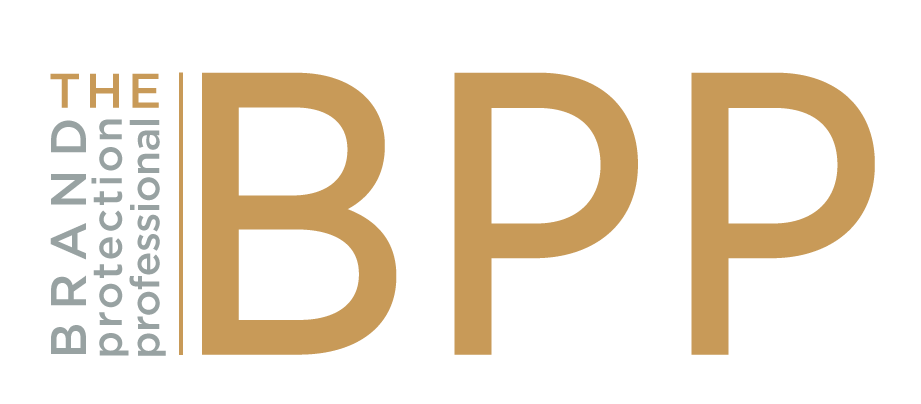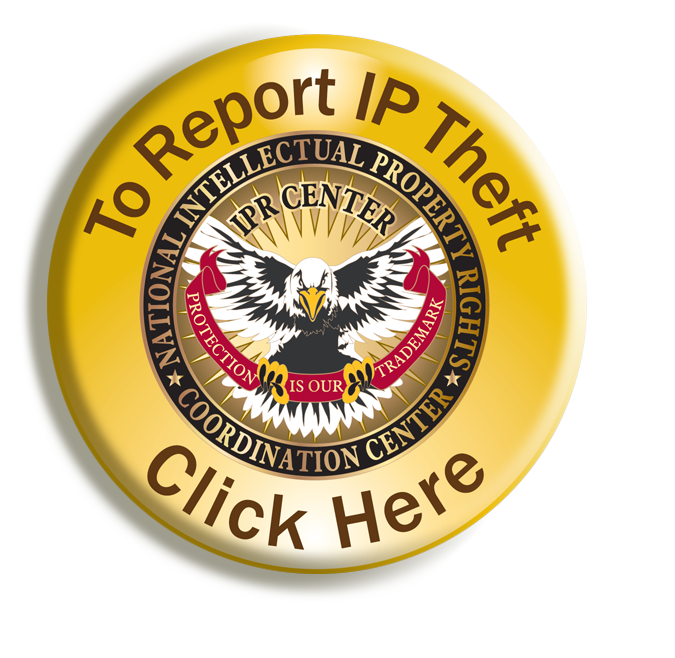Jason Calhoun
Intelligence Team Lead, National Cyber-Forensics & Training Alliance (NCFTA)
Laurie Iacono
Program Manager, National Cyber-Forensics & Training Alliance (NCFTA)
Consumer feedback may be among the most helpful sources for obtaining leads about counterfeit products. The increasing volume of such feedback, particularly that gathered online in consumer reviews and other reporting mechanisms, however, can be challenging for any one brand to consistently monitor. With knowledge of some of the main sources for consumer reporting as well as the types of information collected for each, brands can better leverage such information.
The Internet Crime Complaint Center (IC3) is one such source. IC3 provides the public with a mechanism to report internet-facilitated criminal activity such as phishing campaigns, online auction scams, and intellectual-property theft directly to the Federal Bureau of Investigation.
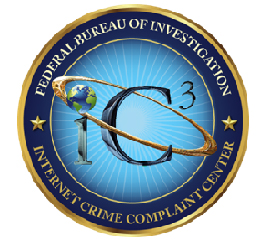
“IC3 is often the first piece of the investigative puzzle,” says Donna Gregory, IC3 Unit Chief. “We receive victim complaints, and then analyze, aggregate, and exploit those complaints to provide law enforcement with comprehensive reports that can be used to open new investigations or enhance existing ones. Information remains IC3’s most valuable commodity.”
Many of the most prolific cyber schemes were first identified by IC3. One example is business e-mail compromise (BEC), a sophisticated scheme that compromises legitimate business e-mail accounts through social engineering or computer intrusion techniques. BEC is responsible for stealing more than $3 billion from more than 22,000 victim companies IC3 categorizes and describes the most current Internet schemes on its website and publishes public service announcements to warn consumers and industry about new cyber schemes as they develop and become more prominent and threatening.
Another source for consumers to submit complaints is via the National Intellectual Property Rights Coordination Center (commonly referred to as the IPR Center) and its “Report IP Theft” button. (See Volume 1/Number 1 of The BPP pages 18-19). The button makes it easier for consumers to report trade fraud and intellectual property theft by linking users to an online form that goes directly to the IPR Center’s Intelligence Section, where leads are processed and shared with IPR Center’s 23 partner agencies. The IPR Center also utilizes the expertise of government personnel as well as of leaders in the financial, retail, and business communities at the National Cyber-Forensics & Training Alliance (NCFTA) to further develop and vet leads.
During a recent Department of Homeland Security (“DHS”) Secretary’s Awards Ceremony, the IPR Center was recognized “for demonstrating outstanding innovation and collaboration to improve the functionality of the Report IP Theft form.”
Interested rights holders may add the “Report IP Theft” button directly to their web site. In 2016, the IPR Center received more than 31,000 investigative leads.
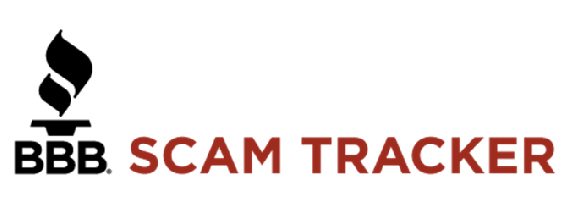
A third platform, the Better Business Bureau Institute for Marketplace Trust’s BBB Scam Tracker, a free tool which also enables the public to report scam activity. also enables the public to report scam activity. The tool allows brand-protection professionals to use keyword searches related to their brand or product. They may also view an on-line heat map showing the most frequent scam activity in certain geographical regions. “BBB Scam Tracker has greatly enhanced our ability to capture information on marketplace fraud, and we are very excited about the potential we have to apply this data toward education and enforcement,” notes Emma Fletcher, Project Director. More than 40,000 reports have been collected since its launch in late 2015.
While knowing where consumer complaints are being submitted is important, the essential next step is aggregating the data from these independent sources and compiling it for industry or law enforcement action. The NCFTA—a non-profit information-sharing organization whose co-located industry and law enforcement partners seek to identify, mitigate, and neutralize cyber crime—is aggregating these reports in coordination with IC3, the IPR Center, and the BBB.
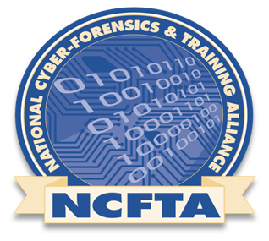
“By merging a wide range of cyber expertise in one location, the NCFTA provides a conduit for information sharing between private industry and law enforcement,” said IPR Center Director Bruce M. Foucart.
NCFTA analysts continually review and cross-reference data from IC3, BBB Scam Tracker, and the IPR Center to identify overlapping submissions. They then share these submissions with interested rights holders and law enforcement partners for further action.
“Prevention is critical, but it is equally important to get the information provided to us into the hands of law enforcement for use in criminal investigations,” notes Fletcher. “Through sharing with NCFTA, the data is analyzed for connections and overlap with other databases, and is made accessible to a range of law enforcement agencies.”
For more information about the entities mentioned in this article, please visit:
FBI IC3: www.ic3.gov
IPR Center: www.iprcenter.gov
BBB Scam Tracker: www.bbb.org/scamtracker/us
NCFTA: www.ncfta.net
Also direct contact information for:
Jason Calhoun 540-478-7970, jcalhoun@ncfta.net
Laurie Iacono 412-618-3104, liacono@ncfta.net
2000 Technology Drive, Suite 450, Pittsburgh, PA 15219
THE BRAND PROTECTION PROFESSIONAL |DECEMBER 2016 | VOLUME 1 NUMBER 2
2016 COPYRIGHT MICHIGAN STATE UNIVERSITY BOARD OF TRUSTEES
